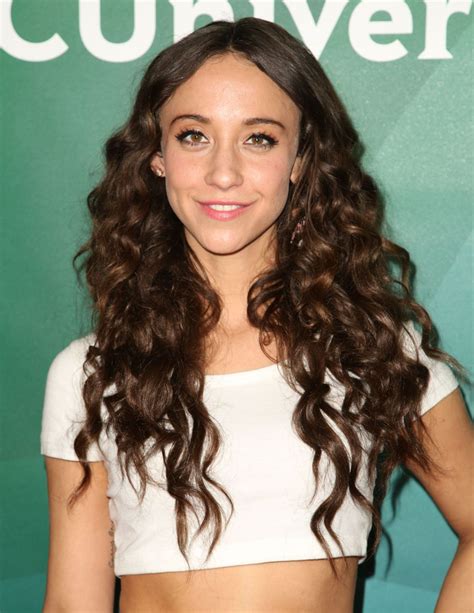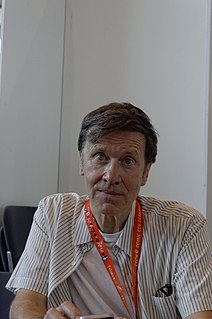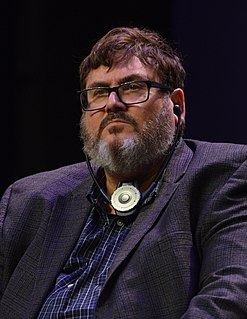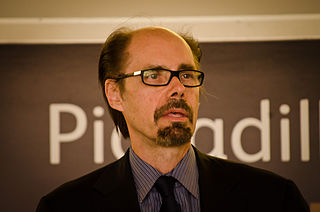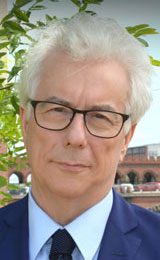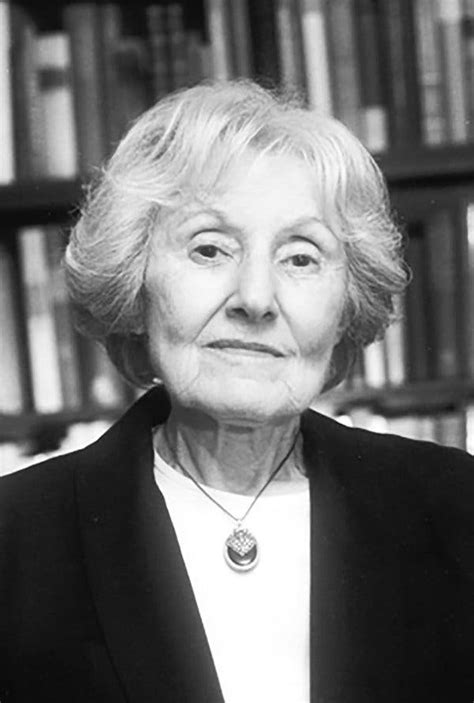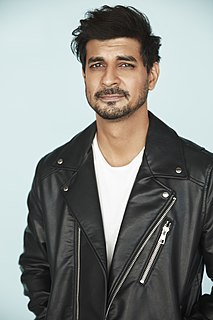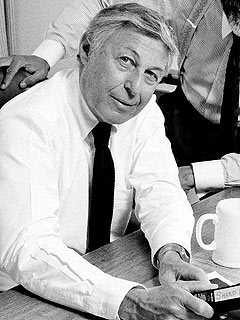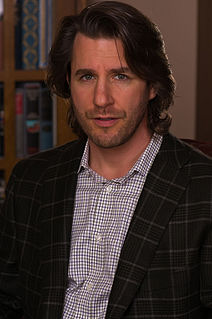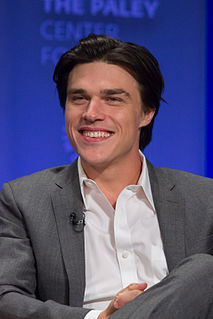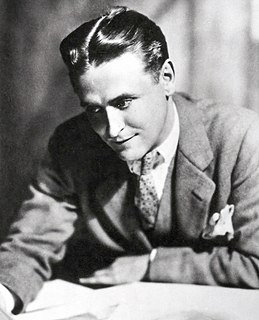A Quote by George R. R. Martin
I like grey characters; fantasy for too long has been focused on very stereotypical heroes and villains.
Quote Topics
Related Quotes
People are much more complicated in real life, but my characters are as subtle and nuanced as I can make them. But if you say my characters are too black and white, you've missed the point. Villains are meant to be black-hearted in popular novels. If you say I have a grey-hearted villain, then I've failed.
Now, among the heresies that are spoken in this matter is the habit of calling a grey day a "colourless" day. Grey is a colour, and can be a very powerful and pleasing colour.... A grey clouded sky is indeed a canopy between us and the sun; so is a green tree, if it comes to that. But the grey umbrellas differ as much as the green in their style and shape, in their tint and tilt. One day may be grey like steel, and another grey like dove’s plumage. One may seem grey like the deathly frost, and another grey like the smoke of substantial kitchens.
It's a movie, OK? I went to see GONE WITH THE WIND, but did I really believe there was a guy named Rhett Butler who said, "Frankly, my dear, I don't give a damn"? No. Movies need heroes and villains, and real life doesn't usually have heroes and villains. Real life has a lot of shades of gray, and moves have black and white even when they're in color.

